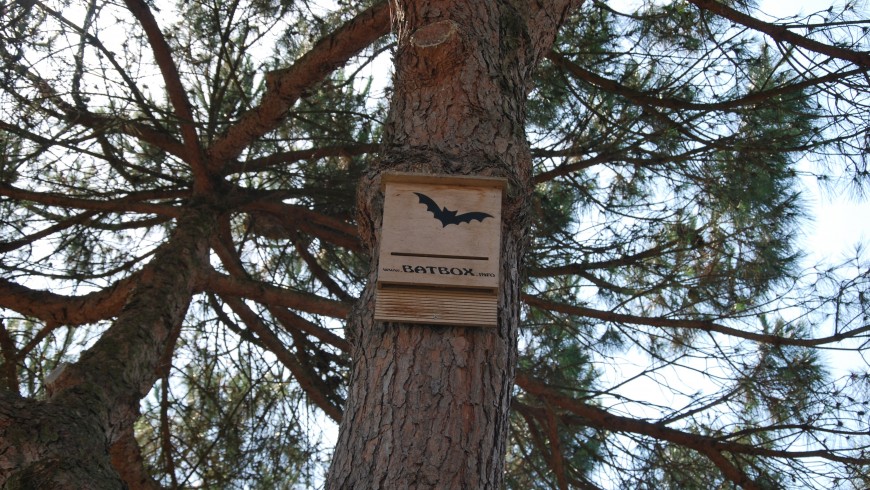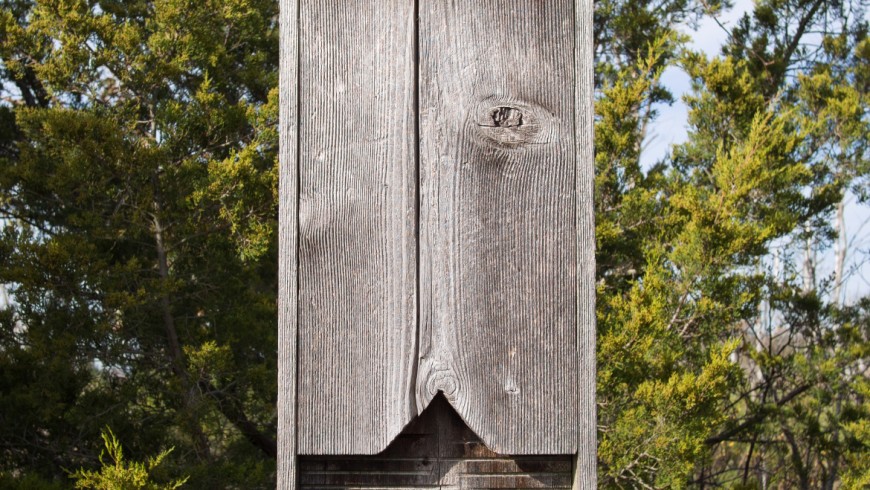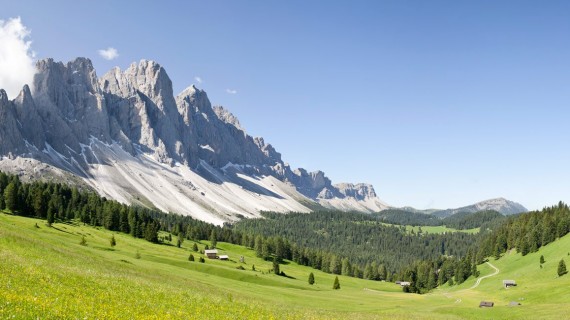Bats are our allies. The presence of these small flying mammals indicates that the environment in which we live is safe. To protect them an house to defend them has been built. We are talking about the “Bat-Box”: let’s find out together the importance of this innovation.
The Bat-Box is the ecological house which has been built only for bats. Thanks to this wonderful small structure, the nocturnal fowls can live near the cities, continuing with their lifestyle characterized by the importance of silence and darkness. In some cities of Sweden, it is mandatory to install these adorable houses near the households. The presence of bats is relevant for understanding that the environment is safe. Before finding out how these boxes are built, we have to discuss why these animals are so important for us.
The importance of bats

From superstition to popular belief and modern cinematography. Bats are also present in our past and present imagination. Nevertheless, unless the scary idea that we have about them, these adorable creatures are really useful and sophisticated.
Bats are able to move at ease in the dark, without sight. If you are wondering about how this could be possible, you should know that they orient by using the ultrasound. It is an exceptional faculty, isn’t it?
And that’s not all. One of the main reasons why bats are our important allies (and they also are the only mammals that can fly) is that they feed themselves with insects. Thus, during Summer, they contribute to getting rid of annoying presences, like insects. It is estimated that a single bat can eat up to 3000 mosquitos per day.
But, the faculty of being an excellent ecological species is important to us. Indeed, if they are present in a particular place, these nice insectivorous allow us to collect information about the state of the environment. Bats choose the place where to live with care. Their presence is synonym of good environmental conditions. Better said, bats live where the environment is safer!
Bat Box, how to build an eco-friendly house for bats

We have now a general idea about the importance of bats, let’s find out how to build a Bat-Box. Nowadays, different commercial products exist, but not all of them are in compliance with the needs of these animals. Even to build a Bat-Box there are rules that must be respected.
Bats generally live in caves. For this reason, their artificial house must be built with natural materials which are 100% sustainable. The Bat-Box must be 5 cm deep, 50 cm high and 40 cm large. The entrance must be 15 cm large. Making them larger may be a problem as other animals could get in, such as snakes and birds. This is the reason why a Bat-Box must be placed in a safe place, away from pitfalls, direct light and noise.
Bats sleep head down so that the interior of the small house should be built with a wooden panel with hanging grooves and by that we allow them to hang with their little paws.
In conclusion, the right size of the houses is important. Bats are social animals; it means that they live in communities. Often along with more than ten specimens. Having big houses will allow them to have more friends!
The Bat-Box

It should be clarified that the Bat-Box is not a cage. Indeed, they will decide whether to colonize these houses built for them. Do not forget that bats are an endangered species and that the colonies which are in the national territory are monitored.
However, we can help them make this choice, so the box must smell of bat guano. How to do that? It is necessary to get some guano, add some water and then brush the walls. The smell of guano will be spread in the air and it will attract the bats and will be a warning signal for lizards and snakes that might want to nidify around the area. Finding the guano in commerce is hard, but not impossible at all.
A clean environment is an advantage for everybody. Bats, just like us, need a safe place to live in and satisfy their biological needs. We do hope that someday everyone could have a Bat-Box in their yards. We have it. If you see bats near your house, let us know. The research of places where fresh air can be breathed is important for us.
Featured image: pic by Nathan Anderson, via Unsplash




